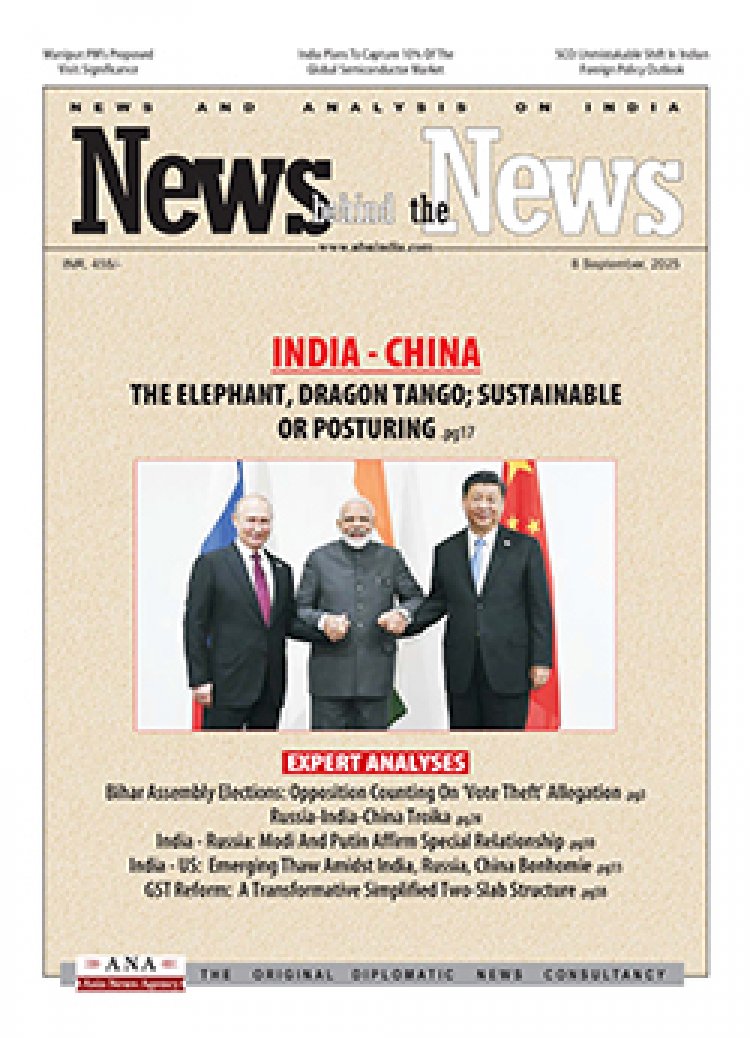Analyses of PM Modi’s Foreign Visits
STORIES, ANALYSES, EXPERT VIEWS

Prime Minister Narendra Modi has continued with his foreign travels. He has already been to Italy, Russia, Austria, Poland, Ukraine, Brunei, Singapore and the United States of America. More sojourns are scheduled — for Laos, Samoa, Russia, Azerbaijan and Brazil — in the coming weeks. He fancies these foreign jaunts where he is targeted like an icon.
The Russia visit
But, writes Sushant Singh (lecturer at Yale University), “the reality has been rather different. Take the case of his recent trip to Russia. The sole outcome highlighted by Indian officials after his meeting with the Russian president, Vladimir Putin, was the return of young Indian men fighting along with Russians on the Ukraine front……Three months later, nearly half of the 91 Indians remain trapped in Russia.”
The US was also “not happy with Modi’s Moscow visit as it coincided with the NATO summit…”
The visit to Kyiv
The purpose of Modi’s visit to Kyiv, six weeks after hugging Putin, states Singh “has still not been explained by the Indian government. If it was meant to establish India as a credible peacemaker or negotiator between the two warring countries, the trip was an abysmal failure……In a curt message delivered in harsh language, Zelensky made it known that Kyiv considers India an enabler of Putin’s war effort. New Delhi’s response to the critical statements was timid with no public rebuttal from the government…..”
Visit to New York
His visit to New York “was about the summit of Quad leaders which was supposed to happen in New Delhi this year. But the foreign leaders didn’t agree with Modi’s desire to have them all during the Republic Day celebrations just before the general election. On his way out, President Joe Biden hosted the summit that had a lot of words in the joint statement but was limited in substance. It couldn't even mention China by name. The hype around the outcomes was created by the usual clutch of American think-tankers and their friends in Indian media who failed to note that a week earlier, speaking at a think-tank event, the US deputy secretary of state, Richard Verma, said that India is the only Quad member opposed to the securitisation of the grouping.”
South Asia remains unfriendly
Over the past decade, Modi and the Bharatiya Janata Party have successfully sold his so-called foreign policy achievements to his domestic support base. The claim, according to Singh “belies the fact about the Chinese ingress into Ladakh where since 2020 Indian soldiers have lost access to 26 of the 65 patrolling points on the border. Beijing now wants its patrols to go to areas in Arunachal Pradesh that have been in Indian control for decades……”
And “despite his surprise visit to Nawaz Sharif, his invitation to the ISI to visit the Pathankot airbase, the surgical strike or the Balakot airstrike, nothing has altered Pakistan’s calculations. The situation is no better with other South Asian countries. India’s unpopularity in Bangladesh is not a secret anymore. The Maldives elected a president who pushed Indian soldiers out of the archipelago and signed a defence agreement with China. Sri Lanka now has a Left-leaning leader whose party has been historically opposed to India. India’s reputation in Nepal remains in tatters while the Modi government’s support to the military junta in Myanmar and the Taliban in Afghanistan has led to India losing its traditional constituencies of support in these countries.”
The domestic situation is also tough in PM Modi’s third term. Modi’s problems, concludes Singh “are domestic; the answers will not come from curated pictures and choreographed clips in foreign lands."
















